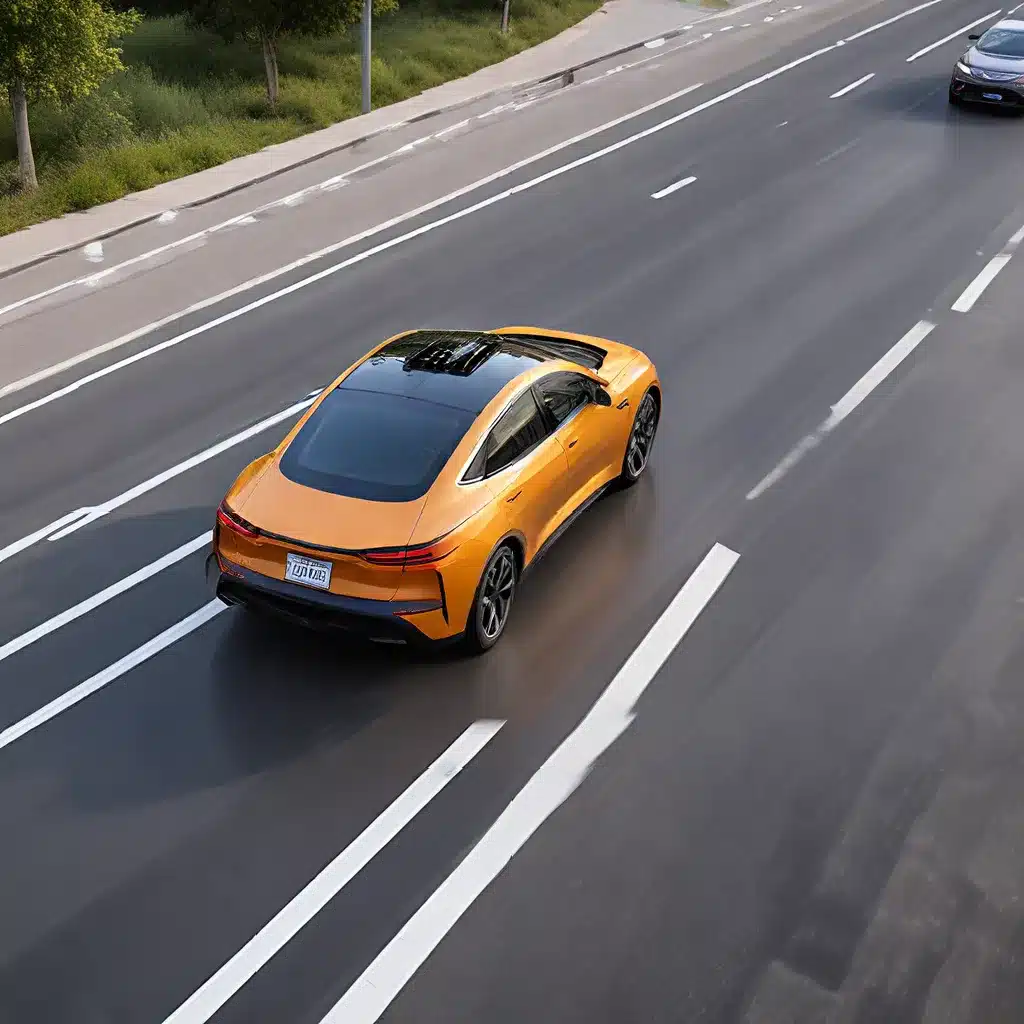
The Rise of Artificial Intelligence in Autonomous Vehicles
Artificial intelligence (AI) is driving a paradigm shift in the transportation industry, unlocking new opportunities for innovation, efficiency, and sustainability. As autonomous vehicles (AVs) continue to evolve, the integration of AI algorithms is revolutionizing the way we perceive and interact with transportation systems.
One of the key benefits of AI-powered autonomous vehicles is enhanced safety and reliability. AI algorithms enable AVs to perceive and interpret their surroundings in real-time using a variety of sensors, such as lidar, radar, and cameras. By continuously analyzing data and making split-second decisions, AI enhances vehicle safety, reduces human error, and minimizes the risk of accidents on the road.
Optimizing Transportation Networks with AI
Beyond safety, AI-powered traffic management systems are optimizing traffic flow, reducing congestion, and improving overall efficiency on roadways. Through predictive analytics and adaptive routing, AI algorithms can dynamically adjust routes based on traffic conditions, weather patterns, and construction activities, ensuring smoother and more reliable transportation networks.
In the realm of urban mobility, AI-driven ride-sharing platforms and autonomous shuttles are revolutionizing the way we move around in densely populated areas. By leveraging AI for route optimization, demand prediction, and fleet management, these solutions provide convenient and sustainable transportation options, reducing carbon emissions and easing urban congestion.
Transforming the Logistics Industry with Autonomous Delivery
The integration of AI is also transforming the logistics industry, with autonomous delivery vehicles and drones equipped with AI-powered navigation systems. These intelligent systems are enabling faster and more efficient last-mile deliveries by autonomously navigating through neighborhoods and crowded streets, optimizing delivery routes, reducing delivery times, and enhancing the overall customer experience for e-commerce businesses and retailers.
Sensor Networks and Autonomous Vehicles
At the core of autonomous vehicle technology are sensor networks, which play a critical role in the perception and localization of these vehicles. AVs primarily utilize a combination of vision cameras, radar sensors, lidar sensors, and ultrasonic sensors to perceive their environment and determine their position.
Sensors are classified into two main categories: proprioceptive sensors, which capture the internal state of the system, and exteroceptive sensors, which sense information from the surrounding environment. These sensors work in tandem to provide a comprehensive understanding of the vehicle’s surroundings, enabling accurate path planning and decision-making essential for controlling the motion of the vehicle.
Sensor Fusion and Localization
Sensor fusion is a crucial aspect of autonomous vehicle technology, as it combines data from multiple sensors to generate a more reliable and accurate perception of the environment. By fusing information from cameras, lidar, and radar, AVs can overcome the limitations of individual sensors and achieve a more robust and comprehensive understanding of their surroundings.
In addition to sensor fusion, localization is another critical component of autonomous vehicle technology. AVs utilize a combination of global navigation satellite systems (GNSS), inertial measurement units (IMU), and vehicle odometry to determine their relative and absolute position within the environment. Accurate localization is essential for precise navigation and decision-making, ensuring the safe and reliable operation of autonomous vehicles.
Challenges and Limitations
While the advancements in AI and sensor technology have significantly improved the capabilities of autonomous vehicles, there are still challenges and limitations that need to be addressed.
Harsh weather conditions, such as snow, fog, and heavy rain, can significantly impact the performance of perception-based sensors, affecting the vehicle’s ability to accurately detect and interpret its surroundings. Regulatory challenges and ethical considerations around liability, privacy, and algorithmic biases also pose significant hurdles to the widespread adoption of autonomous vehicles.
To overcome these challenges, collaboration between policymakers, industry stakeholders, and the public is essential to ensure the safe and responsible deployment of AI technologies in transportation. By addressing these issues, we can fully realize the potential of AI-driven autonomous vehicles in shaping the future of transportation and mobility.
Conclusion
The integration of artificial intelligence and sensor networks is revolutionizing the transportation industry, unlocking new possibilities for safety, efficiency, and sustainability. From enhanced traffic management and urban mobility solutions to autonomous delivery and infrastructure monitoring, AI-powered autonomous vehicles are transforming the way we perceive and interact with transportation systems.
As these technologies continue to evolve, it is crucial to address the regulatory and ethical challenges to ensure the responsible and widespread adoption of autonomous vehicles. By harnessing the power of sensor-enabled AI, we can create safer, smarter, and more connected transportation systems that benefit society as a whole.
Explore the latest advancements in sensor networks and IoT to stay informed on the cutting-edge technologies shaping the future of mobility.